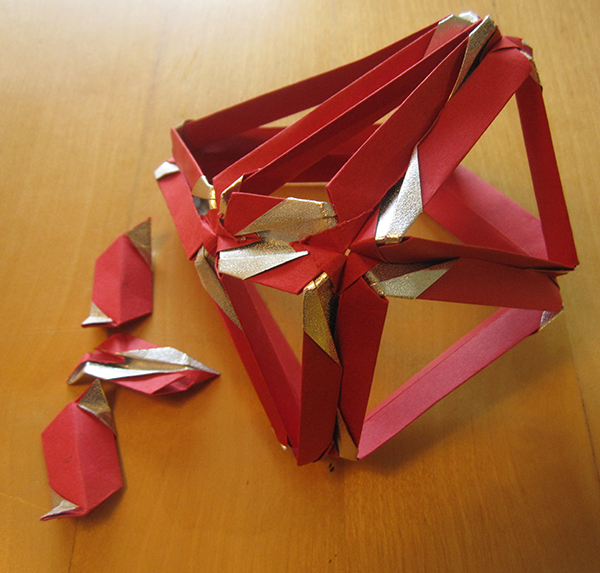Cards Against Humanity is first and foremost a ripoff of Apples to Apples. The rules are identical, only the cards are different. There’s no copyright on game mechanics, you see.
Apples to Apples is a family-friendly party game, published in 1999. It had a lot of staying power; I recall playing it in college about ten years later. My boyfriend and I have an old copy on our shelf, which proudly states, “Over three million games sold!” Going by their website, that number is now 15 million.
Cards Against Humanity was published in 2011. I don’t know how many copies it has sold, but it obviously became a bigger deal than Apples to Apples.
To be honest, I was never hot on Apples to Apples. It’s the lightest of light party games, a great board game for people who don’t really like board games. Nonetheless, I appreciate it’s clever design, and I’ll talk about how Cards Against Humanity used and abused that design.

